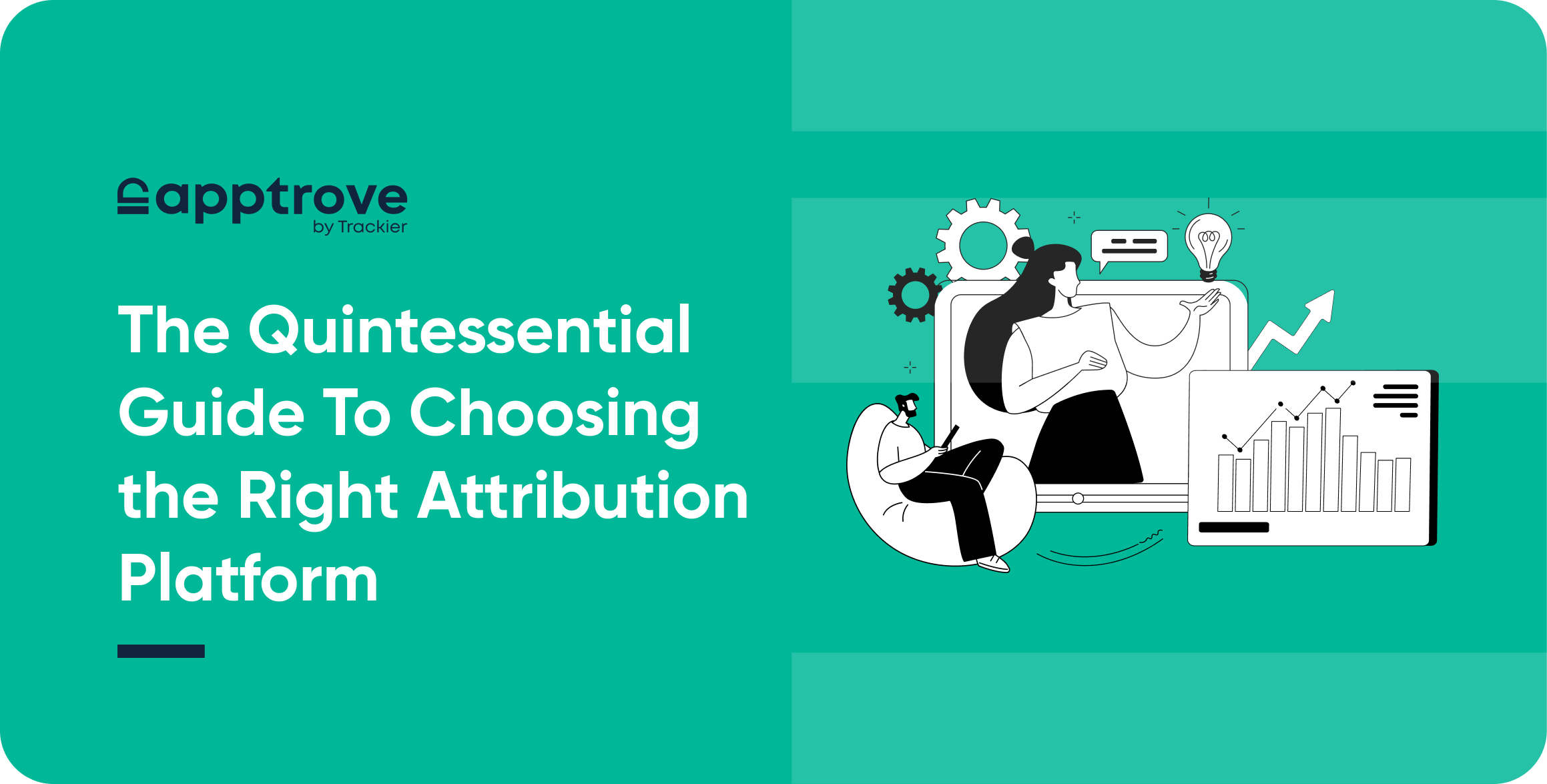With the ocean of data available today to marketers, can they really depend on it? Every marketing decision must depend on data, but what if the parameters you are depending your entire marketing strategy on are fallacious? This is why companies end up wasting most of their advertising budget!
An easy fix to this would be investing in the right attribution platform. But with so many of them available in the market today, how should you decide which one will suit you the best?
Here are the top elements I would keep a look out for:
- What level of security and privacy are they able to provide to you?
- Is the data they are presenting accurate?
- How frequently do they update their features with the changing trends?
- How is their customer service?
- Does their vision align with yours?
Keep reading to understand how you can choose the right attribution platform and learn the risks of choosing the wrong one.
Security and Privacy
Your attribution platform must at all times without falter protect your end-user data. If your customers are affected by a third-party tool that you use, they are leaving your services, and trust me, they are never coming back.
So, before you onboard an attribution platform, you must verify the trustworthiness of their product. There are privacy requirements set for attribution providers and you must verify if they comply with them.
What does this include?
- Verify if the vendors that have access to your customer data are reliable.
- Make sure their business model is not sneakily selling their client’s (that’s you) data.
- They must hold these certifications: SOC2 type 2, TRUSTe, ePrivacy, GDPR, ISO27001, ISO27017, ISO27018 and CSA STAR (Level 1).
- They should be adhering to the COPPA requirements.
Tracker complies with all data security and privacy requirements needed from attribution providers.
Accurate Data
Your marketing efforts may end up making you lose thousands of dollars if your marketing team is making choices based on inaccurate data? You may ask what is the number one cause of erroneous data, and the answer is always Fraud.
Mobile fraud is becoming more and more sophisticated in the mobile marketing industry and it is adulterating attribution data. Trackier applies ML and AI to train its antifraud engine to fight efficiently against fraud.
Read our e-book on How Brands can Detect and Prevent Ad Fraud
Features to look out for
What do you need your attribution provider to do? They should be filling the following needs for them to be effective:
- The more integrations your attribution tool has, the better it is. Do they have an API that integrates with your CRM, email provider, online ad platforms, and SEO tools?
- Granular data and multi-touch attribution are a must to look out for before zeroing in on an attribution provider. Why? Because without it you will not be able to track how your users are discovering your app, and thus have no idea which avenues to invest your marketing budget in.
- If you want to verify that your marketing budget is not going to waste, you must look for an attribution provider that has validation rules.
- Your attribution provider must give you real-time alerts so you can quickly intervene to resolve issues that require urgent attention.
- Does your attribution provider allow you to measure app uninstalls? If not you will never understand what’s causing the app uninstalls. Is it the campaign or poor UI? Get an attribution provider that has not only uninstall metrics but analytics as well.
- For perfect re-engagement of at-risk users and for acquiring new users, you need a dependable deep linking engine.
- Another tool you need for running seamless re-engagement campaigns is an audience segmentation tool.
- You should be able to measure your revenue and ROI.
- Great attribution tools have customizable dashboards for ease of understanding.
- Can you define your own attribution window for clicks and impressions? If not you won’t be able to define campaign goals.
- Does your attribution provider have or plan to expand toward TV attribution in the future?



